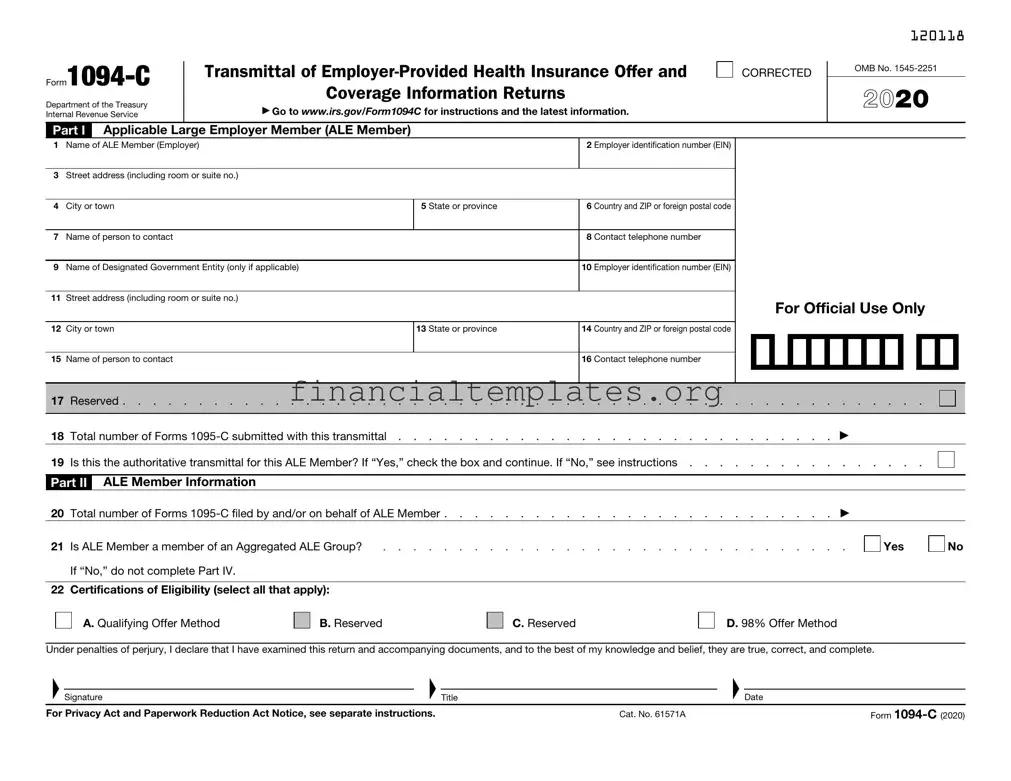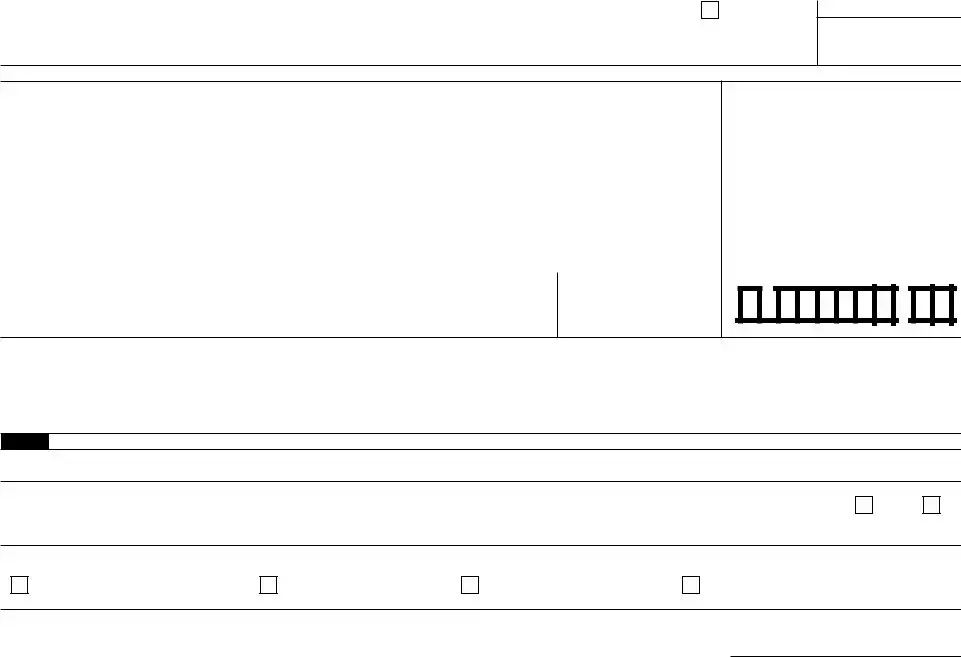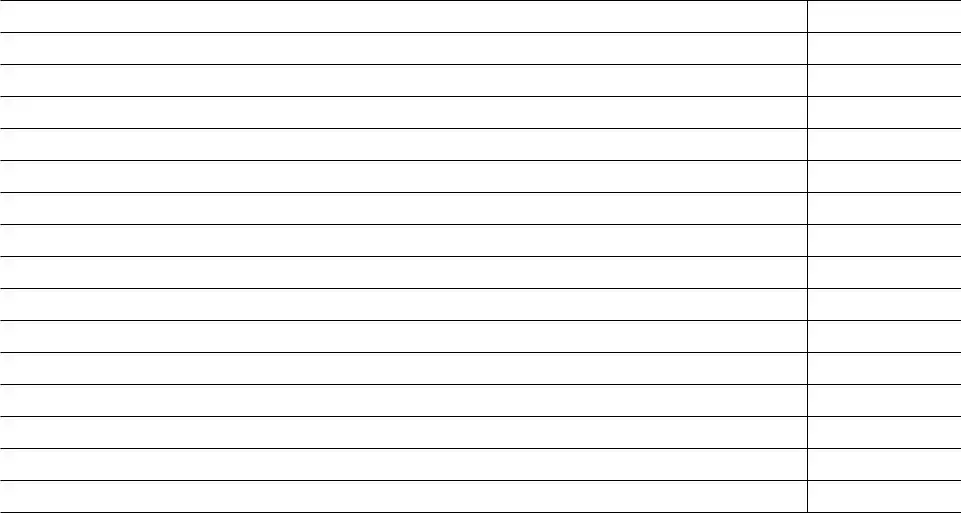The IRS 1094-C form, a critical component in reporting information about health insurance coverage offered by employers, shares similarities with the IRS 1095-C form. The 1095-C form provides details about the health insurance coverage offered to each employee, acting as a companion document to the 1094-C. Both are essential for compliance with the Affordable Care Act (ACA) requirements, verifying that employers offer affordable and minimum standard health coverage to their full-time employees.
Similar in function to the IRS 1094-C form, the IRS 1094-B form serves as a transmittal document for the 1095-B forms. While the 1094-C is used by large employers, the 1094-B is utilized by providers of health coverage, including insurance companies and small employers that provide employer-sponsored health insurance. Both forms play a pivotal role in reporting individuals' health coverage information to the IRS.
The IRS 1095-B form is akin to the 1095-C form but is used by small employers and health insurance providers to report on individuals’ health coverage. Whereas the 1095-C form is more relevant to individuals employed by large employers, the 1095-B provides necessary health coverage information from other sources, showcasing how these documents collectively ensure compliance with health coverage reporting under the ACA.
Similar to the IRS 1094-C, the W-2 form is an essential document for employees, providing a summary of their annual earnings and the taxes withheld. Both forms are submitted to the IRS and serve to ensure compliance with federal tax obligations, offering a detailed account of an individual’s employment and financial status throughout the fiscal year.
The IRS Form 940 resembles the 1094-C in its role of reporting to the federal government, focusing on unemployment taxes employers must pay. Like the 1094-C ensures compliance with health insurance reporting requirements, Form 940 ensures employers contribute to the federal unemployment tax system, aiding workers who have lost their jobs.
IRS Form 941 shares a foundational relationship with the 1094-C form, as both are intended for employer reporting. While the 1094-C pertains to reporting health insurance coverage, Form 941 is used to report employees' federal income tax withholdings and Social Security and Medicare taxes. The critical nature of both ensures that employers meet their respective reporting responsibilities.
Form W-3, similar to the IRS 1094-C, functions as a summary report, but for W-2 forms submitted by an employer. It consolidates information regarding the total earnings, Social Security wages, Medicare wages, and withholding for all employees. Both the W-3 and the 1094-C compile detailed employment information for submission to government bodies, ensuring accurate reporting and compliance.
The IRS Form 8955-SSA is analogous to the 1094-C, as it also involves reporting specific information to the federal government, specifically deferred vested benefits information under the plan. This ensures that employees' rights to pensions are accurately recorded and reported, similar to how the 1094-C monitors compliance with health coverage provisions under the ACA.
Form 5500, required by the Department of Labor, shares common goals with the 1094-C form by requiring annual reporting from pension and welfare benefit plans. This ensures transparency and compliance with rules governing the management and operation of these plans, paralleling the health insurance reporting obligations mandated by the 1094-C form for employers.
The IRS 1099 forms, particularly relevant to freelance and contract workers, provide information on various types of income outside of traditional employment. While significantly different in specifics, they share the 1094-C's underlying intent of ensuring individuals and entities report their income or benefits to the IRS accurately, facilitating a comprehensive tax reporting system.
Finally, the IRS Form 4868, while not directly related to employment or health coverage reporting, is similar in providing a means for compliance with federal tax obligations by allowing taxpayers to request an extension to file their income tax return. This parallels the 1094-C's role in promoting compliance with federal mandates, albeit in the realm of health insurance.



